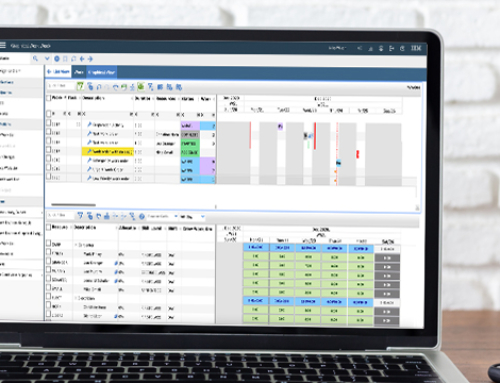Catalina, the nation’s largest personalized digital media network for grocery, drug, and mass merchant retailers, deploys specialized printers to its retail clients for delivering coupons directly at the point of sale. With over 400,000 of these frequently-moving printer assets located in stores and warehouses across the country, the company needed a streamlined solution to keep track of each printer’s status and location.
CHALLENGES
Equipment Visibility
Although the replacement value of each individual asset is relatively small, Catalina’s equipment network is directly responsible for driving revenue. Each printer outage results in significant losses to Catalina. Yet, if a printer stopped pinging, they lost visibility and would have no idea why. If the printer was not working, a cashier simply unplugged it to silence the alarm, as they had no reason to troubleshoot it or request a repair. Additionally, the equipment was maintained and stored by third party vendors, with limited visibility into quality, cost of repair, or available balances. Catalina had been managing its fixed assets, inventory, store locations, and limited repair data using four separate systems. To obtain useful reporting, they needed to reconcile each system individually. This process was time consuming and resource-intensive. It was also difficult to hold vendors and manufacturers accountable for maintenance and reliability issues. A streamlined solution to manage each asset’s status and location was essential.
Being able to locate, manage, and track parts throughout Catalina’s entire network proved to be the exact thing they needed.
Centralized Global Reporting
A single solution that would allow Catalina to manage and locate all assets and consumable parts, tracking failures whether in the field or in care of a vendor, was necessary. To accomplish this, Maven implemented a cloud-based Maximo solution powered by Projetech. Each system involved in the asset management process was integrated with those managed by Catalina’s repair vendors and couriers, such as UPS Shipping. Maven connected to Remedyforce CRM to plan for equipment demand and track the fulfillment process from request to delivery and installation. The next step was to connect to their internal data warehouse to track trends in equipment downtime. This allowed them to identify bad actors that required repair or replacement.
Maintenance Effectiveness
By tracking all asset repairs and movements, Catalina could quickly make repair vs. replace decisions based on equipment history. If certain repairs were performed repeatedly in a short period of time, this indicated that the device was likely not worth repairing, and should be replaced. By tracking Mean Time to Fail (MTTF) by model and by vendor, Catalina was able to establish baselines and hold both manufacturers and repair vendors accountable to their quality standards.
BENEFITS
Lean IT Team • Secure • Reliable • Accessible • Dynamic Reporting/Real Time Data • Software as a Service
Vendor Management • Remote Asset Management • Easy to Use
SOLUTION
Using Maven’s cloud-based Maximo solution, the time it took to receive and triage each inbound printer was reduced from roughly three minutes to 30 seconds. Catalina was able to save on expenses with one of its inventory, maintenance, and distribution centers seeing a 75% reduction in its receiving process requirements. The data available through the Maven-Maximo solution allowed Catalina to better hold manufacturers accountable for faulty printer models by demonstrating a 50% annualized failure rate and subsidizing repairs. With access to technical support from Maven’s IT staff, Catalina was able to focus on its business continuity rather than system infrastructure and maintenance.








